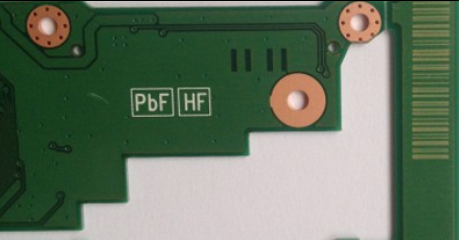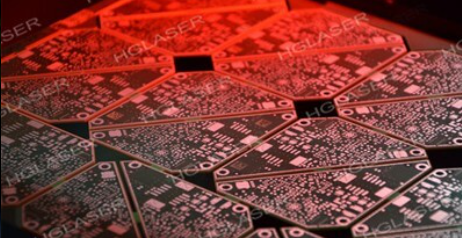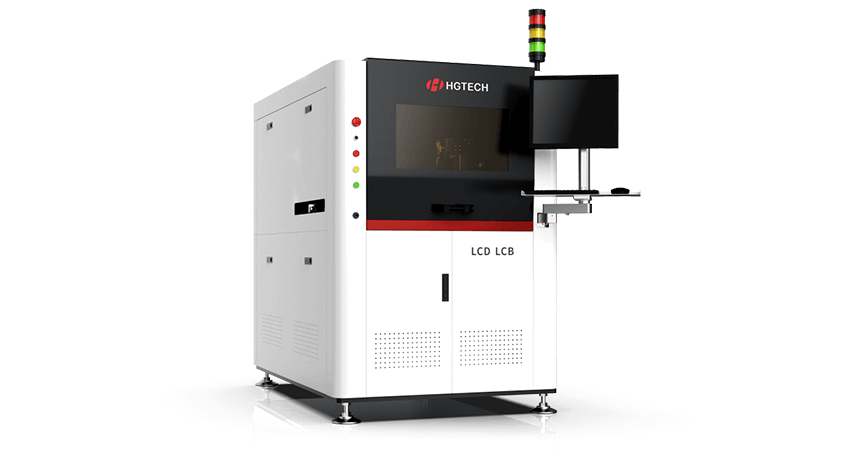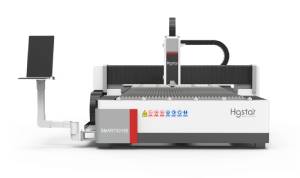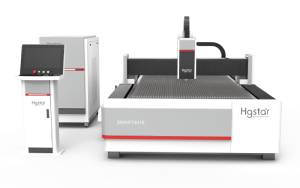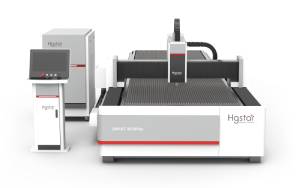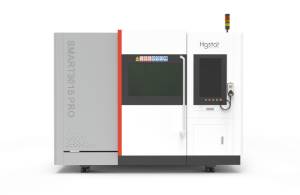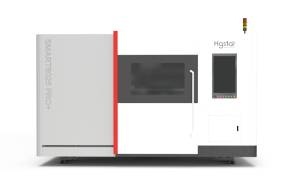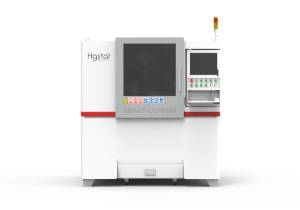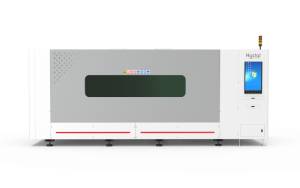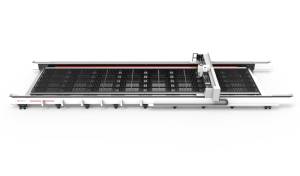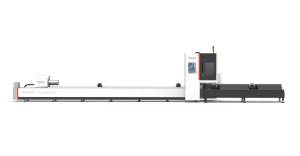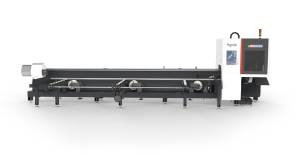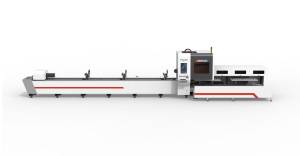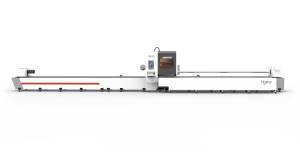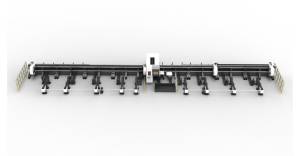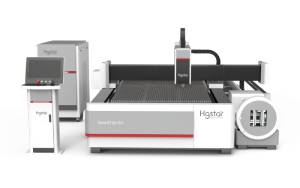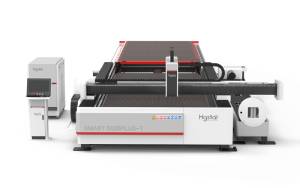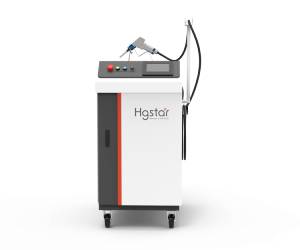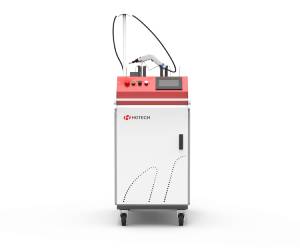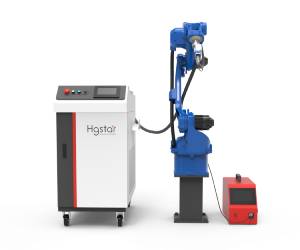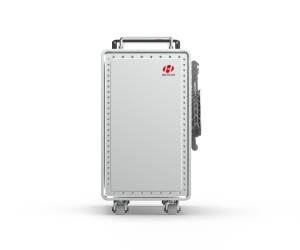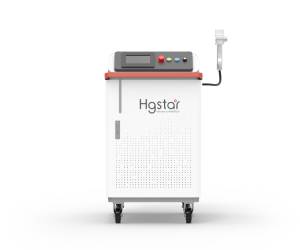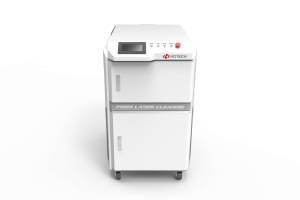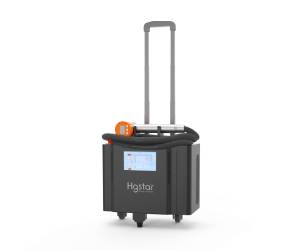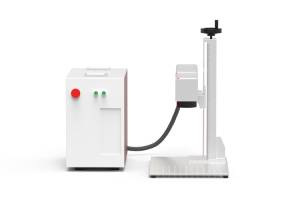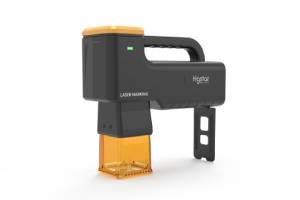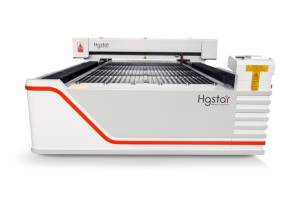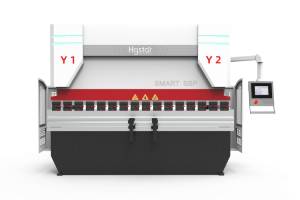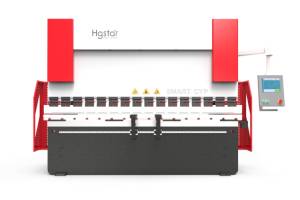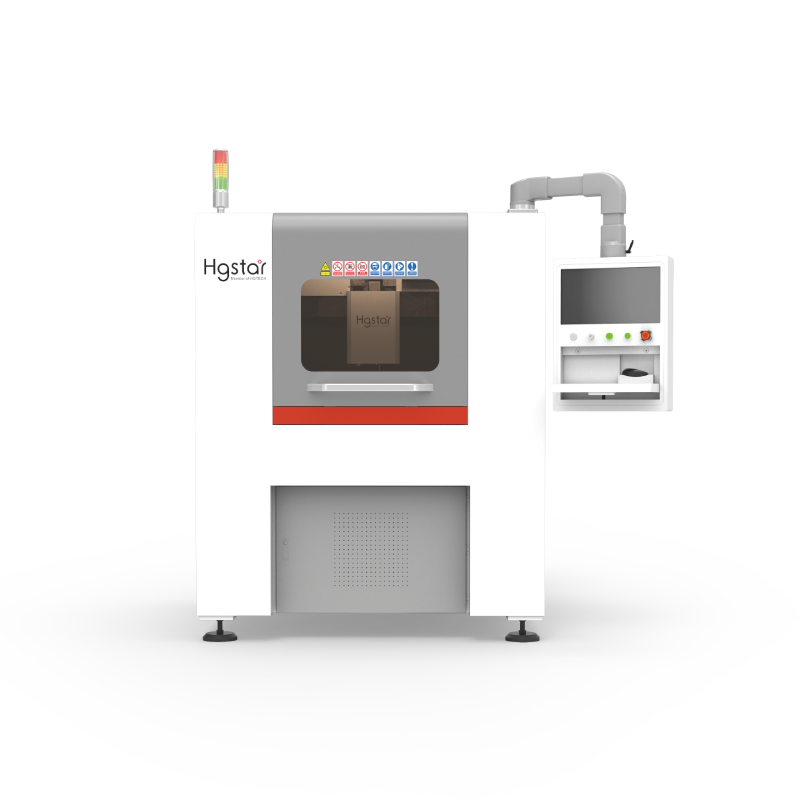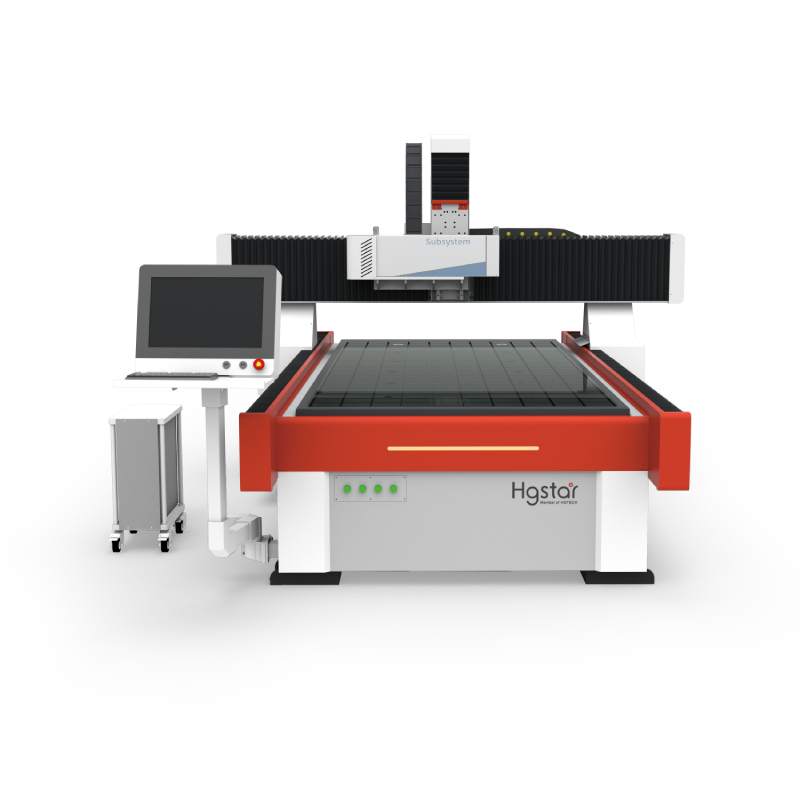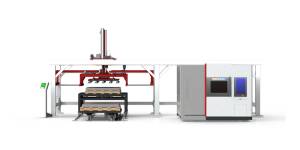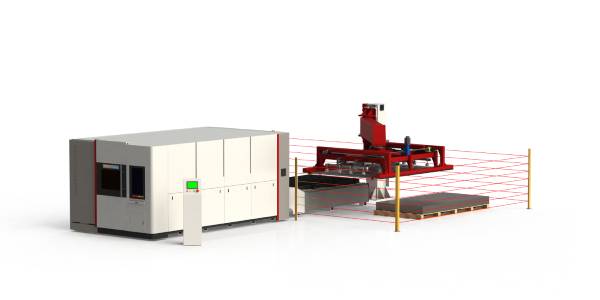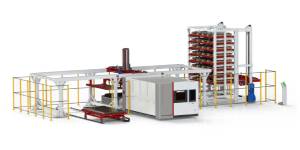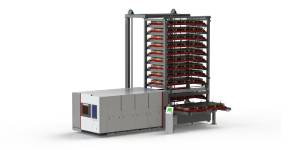PCB, also known as printed circuit board, serves as the provider of electrical connections for electronic components and is a core component of electronic devices. It is applied in various industries such as medical equipment, industrial machinery, lighting, automotive core components, 3C electronics, aerospace, etc. Therefore, the identification process of PCB in production manufacturing naturally cannot be neglected.
Currently, the traditional method of traceability involves using barcode labels, which requires barcode paper and printing, followed by manual or machine application. This process is cumbersome, prone to errors, lacks detection capabilities, and the labels can easily become detached over time. Laser marking machines, as a new identification technology, are favored by PCB manufacturers. Laser marking requires no consumables, has low costs, fast speed, and provides permanent marking. Its efficiency, high speed, and clarity bring significant advantages to PCB manufacturers.
The
Laser PCB Marking System is capable of marking QR codes, barcodes, production dates, usage information, and other content on PCBs. A 355nm cold light laser, it can use laser beams to burn traces on the surface of PCBs without contacting the product surface, thereby achieving the marking effect.
So, what are the application advantages of collaboration between laser equipment and the PCB industry?
1. High-precision marking technology.
Traditional marking methods rely heavily on manual operation, which often leads to positional deviations, blurred fonts, and overlapping issues, significantly impacting product quality and reliability. Laser marking equipment can precisely and clearly engrave both small fonts and complex graphics on PCBs through laser beam irradiation.
2. Improved production efficiency.
Laser marking machines can be upgraded to automatic marking, enabling batch production and customized design by quickly and precisely identifying products according to different requirements. This high-speed production mode helps manufacturers reduce costs and enhance product competitiveness.
3. Anti-counterfeiting applications.
It’s well known that counterfeit products bring significant negative impacts to consumers and legitimate manufacturers, not only reducing user satisfaction but also harming the reputation of manufacturers. The anti-counterfeiting markings created by laser marking can effectively prevent such occurrences.
Laser devices are classified based on laser medium into solid-state lasers, gas lasers, semiconductor lasers, and dye lasers. According to the laser wavelength, they are categorized into ultraviolet, CO2, fiber, and green lasers.
Carbon dioxide (CO2) lasers are primarily used in consumer electronics, mobile phone components, ceramics, PCBA, and plastic casings. CO2 laser devices typically operate at 10W, with a wavelength of 10640nm and a laser spot size of 0.08mm.
Fiber (FLP) lasers are primarily used for translucent plastic buttons, watches and glasses, electronic components, hardware accessories, building materials, screen covers, etc. Fiber laser devices typically operate at 20W, with a wavelength of 1064nm and a laser spot size of 0.05mm.
Ultraviolet (UV) lasers are mainly used for process gifts, pharmaceutical packaging, food and beverage packaging, PCBA, screen covers, steel sheets, etc. UV laser devices typically operate at 5W, with a wavelength of 355nm and a laser spot size of 0.03mm.
LCD/LCB Series
PCB Laser Marking Machine from HGLASER is designed for bar codes marking, 2D codes and characters, graphics and other information on any kinds of printed circuit board. Integrated with high-performance CO2 / Fiber laser source, import high-pixel CCD camera and micron-level mobile module, PCB Laser Marking Series is competent to pre-marking automatic positioning and post-marking feedback reporting.
Four reasons to choose HGLASER PCB laser marking equipment:
● High-performance CO2 / Fiber laser has high-quality laser beam, small focusing spots and well-distributed power.
● The high-pixel CCD camera makes automatic positioning, identification and feedback reporting come true.
● Gantry structure and synchronous transmission guideways ensure the stable and precision performance.
● The function of automatic focusing and track width adjusting are designed to match up different production line.
